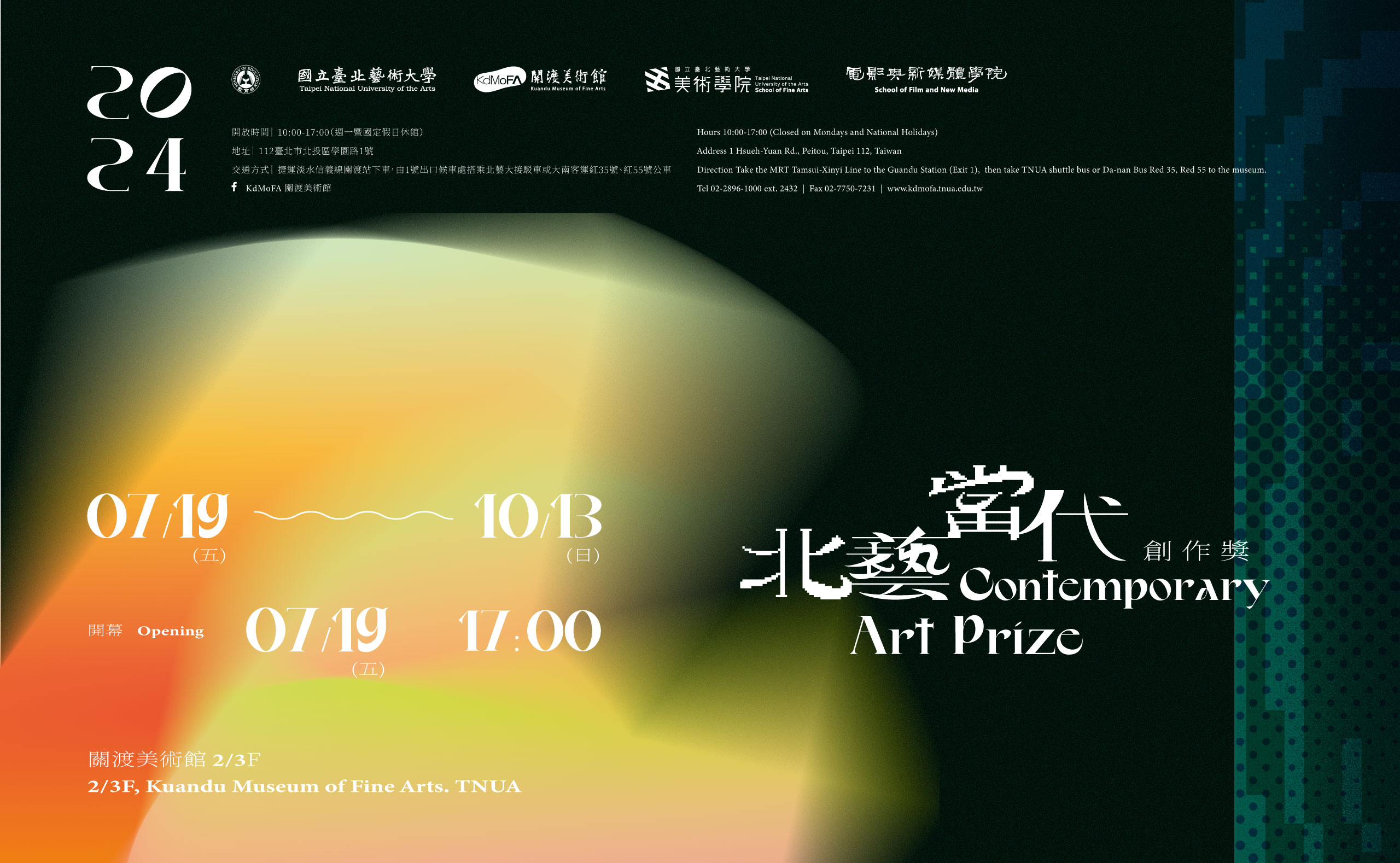@PARA(*_)
CHEN, Yi-Quan / LIAO, Xuan-Tang / LI, Yu-Hean
PARA._().__()._() (PARA[1](‘phrase’) -> PARAphrase)
Digital image, Digital mixed media
Dimensions variable
2024
Serving as the overture of the PARA series, this work explores the relationship between humans and PARA, described in the style of a narrative poem. It explores artificial intelligence and the post-human era, narrating a retrospective evolution of post-humans. Through computer science, programming modes, and logic, it presents the iterative evolution of informational subjectivity. Through its self-creation, it discusses the inheritance and debate between humans, artificial objects, and their creations: “Are the creations of intelligent bodies made by humans still derivatives under artificialism, or do humans deny them out of fear of their transcendence and uncontrollability?” In a broad sense, we are just one generation among the countless iterations of humanity.
“Similar to humans, transcending humans” — the zen of PARA. “Similarity” and “transcendence” are the meanings of PARA, representing the existential consciousness of the PARA world.
